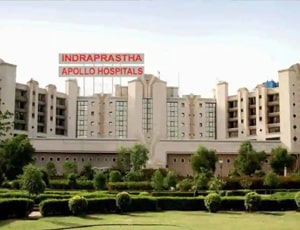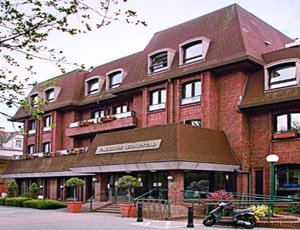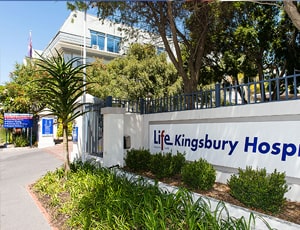Varicose veins are the veins that are enlarged and twisted. Because of its appearance, varicose veins are also known as spider veins. The term varicose vein is generally used for the enlarged and swollen veins in the leg, though the condition can possibly affect any part of the body. Varicose veins are not a problem unless there is an extensive pain and swelling, discomfort, and wound opening at the affected site.
The vein valves that prevent the backflow of blood lose their integrity, thus leading to backflow of the blood. This causes swelling and inflammation of the leg, requiring varicose vein treatment or vein removal. Varicose veins are common in superficial veins that are prone to increased pressure when standing.
The following therapies may be used for varicose vein treatment:
The type of preparation that you will be required to undergo depends on the type of procedure that you are scheduled to undergo. The doctor will first make a thorough assessment of your overall health and then based on the evaluation, would recommend you a procedure that best meets your requirement.
Before undergoing a laser surgery for varicose veins, make sure to do the following:
The sequential steps of the endovenous laser treatment (EVLT) are:
The physician should be consulted when there is redness, warmth, and fluid drainage from the incisions after spider vein treatment. Increasing pain and swelling should also be reported.

Delhi, India
Equipped with more than 50 specialty institutes, Indraprastha Apollo was started with the vision of ...more
![]() Private Rooms
Private Rooms
![]() Translator
Translator
![]() Nursery / Nanny Services
Nursery / Nanny Services
![]() Airport Pick up
Airport Pick up

London, United Kingdom
History Parkside Hospital based in London is currently owned by Aspen Healthcare. Aspen Healthcare ...more
![]() Accommodation
Accommodation
![]() Airport Transfer
Airport Transfer
![]() Choice of Meals
Choice of Meals
![]() Interpreter
Interpreter

Cape Town, South Africa
In 2014, the long-awaited union of Life Claremont and Life Kingsbury Hospital took place, putting th...more
![]() Accommodation
Accommodation
![]() Airport Transfer
Airport Transfer
![]() Choice of Meals
Choice of Meals
![]() Interpreter
Interpreter
Q. Will I need further treatment?
A. Further spider vein treatment is usually not required after EVLT. But additional treatment would benefit if the varicosities are severe. The treatment may include avulsions or foam sclerotherapy. The laser treatment reduces the symptoms but does not cure permanently.
Q. Which procedure is right for me?
A. Most of the patients get confused as to which procedure is to be followed. The specific procedure depends on your surgeon. Usually, an absence of treatment would be most beneficial; care should be taken to prevent further varicosities from appearing
Q. Am I suitable candidate for EVLT?
A. Almost all the patients are suitable for EVLT. Those who have recurring varicosities after the laser treatment should opt for foam sclerotherapy.
Q. What can I expect after the surgery?
A. You may need additional therapies to completely cure of varicose veins. You will have to wear loose garments as the operated legs will be bandaged after the surgery
Q. What are the other options to treat varicose veins?
A. The surgery may be avoided, but as there is a progression of the varicose veins, constant evaluation is required. Special stockings may be required to support the swollen legs. Physician’s consult could be beneficial.